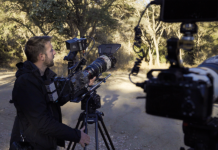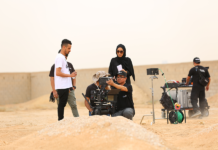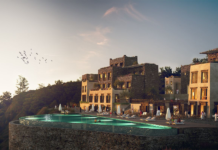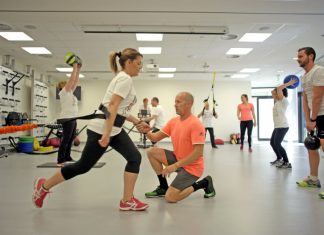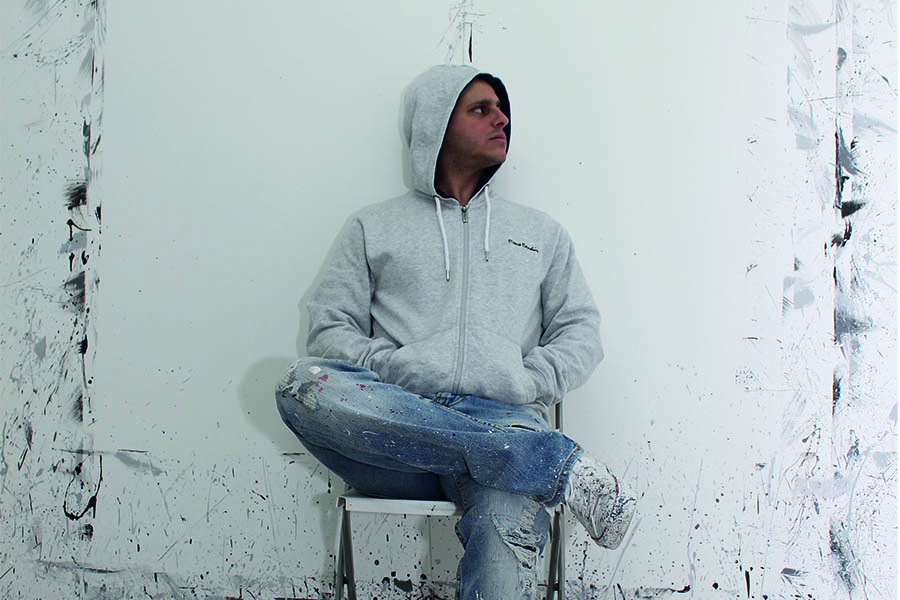
Talal Al Zeid is one of the most prominent creators among the new wave of groundbreaking Saudi artists. Celebrated for his paintings on canvas, his street art, and his public installations, Talal’s sensitive and deeply felt artwork combines abstract and figurative traditions with the youthful and dynamic energy of graffiti.
After honing his skills as a graffiti artist in Europe and exploring the work of the abstract expressionists in America, Talal Al Zeid returned to Saudi Arabia, where he has won widespread recognition for his deeply personal artwork that resonates with the restless spirit of modernity transforming the country.
As a young man growing up in Europe, Talal discovered his passion for expressing himself through graffiti, especially on the vibrant back streets of Italian cities such as Rome and Naples. His work caught the eye of an American art teacher who took it upon himself to mentor this new talent. Soon, Talal found himself studying in San Francisco and Arizona and encountering for the first time the powerful masterpieces of Mark Rothko and Jackson Pollock.
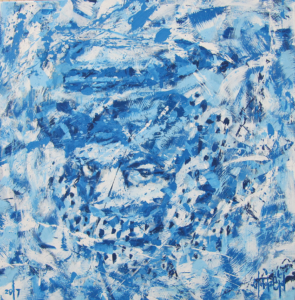
“I learned from my mentor and from these masters how to forget everything and look within myself to communicate,” Talal says.
Talal’s work is influenced by the traditions of both graffiti and modern art movements such as abstract expressionism. Since returning to Riyadh, he has seen increasing interest in his artworks, which speak to the young and inquisitive population of the Saudi capital. After almost a decade of reforms and liberalization, artists now have extraordinary opportunities to explore new ways of expressing themselves and communicating their ideas.
Talal has won several prestigious public art commissions and worked with major global brands eager to connect with the Saudi market, and his high-profile collaborative work for the Saudi pavilion at Dubai’s Expo 2020 was seen by some 3 million people. As Talal creates a name for himself across the region, his optimism about the future of the Saudi art scene is infectious.
“As artists, we are very lucky in Saudi Arabia to have so many opportunities to do things at scale. It means that we can move forward, try new media and create even more work. This new spirit is uplifting us all.”

How is the Saudi art world growing?
Ten years ago, there were not many galleries that showcased new artists. Contemporary art was not well understood. Things are at a completely different level today. There is a lot of focus from the government on supporting artists, acquiring art, and creating residency programs. Gallery numbers have quadrupled because of the increased interest in art. There is a much greater variety of work on display.
Artists are approached all the time for public installations. We can show our art in many different contexts. All of this means that people in Saudi Arabia are engaging with art more. The number of people attending art events has grown and artists are selling much more than they were 10 years ago.
What does the growth in public art mean for you as an artist?
Public art gives artists an opportunity that they would not have otherwise. It gives them the chance to create large-scale installations and plug them into a public space. We can work on a different scale and in a different medium. We can take our art outside the studio and engage with a new audience, where you go to them instead of them coming to you. Last year, I worked with the Noor Riyadh festival of light, which celebrated art across the entire city. It introduces art to a new audience. It is an invitation to look at and interact with art.
“There are amazing opportunities for Saudi artists to grow and engage with new audiences.”
Talal Al Zeid
What inspires your work?
As a painter, you get inspiration from left and right without knowing or paying attention to it. I asked myself a few years ago where my inspiration came from, and I kept asking myself. Then I realized I do not have an answer. The process and journey is the interesting part. I think that is the beauty of art; it is not science. Unlike a lot of things in life, art is not all about analysis.
For artists, inspiration is something organic and pure and it comes from within. That is what matters. I think that is what makes art powerful ![]()
As published in Fortune magazine



















